Disclosure: This article contains affiliate links. We may earn a commission from purchases at no extra cost to you, which helps our travel content.
The morning mist clung to the ancient cedars as I made my way up the stone pathway, camera in hand, breath visible in the crisp autumn air. Nikko had called to me for years—this sacred place where human artistry and natural splendor exist in such harmonious balance. As someone who has documented cultural treasures across continents, I found myself humbled by the photographic possibilities awaiting in this mountain sanctuary just two hours from Tokyo. Whether you're wielding a professional camera or simply your smartphone, Nikko offers a visual feast that transcends the ordinary tourist snapshot. The vermilion shrines against emerald forests, the play of light through centuries-old trees, the intricate carvings that tell stories of Japan's spiritual heritage—all create a photographer's paradise, particularly when bathed in autumn's golden palette. Join me as I share my weekend photography journey through this UNESCO World Heritage site, where every angle reveals another layer of Japan's cultural soul.
Planning Your Photographic Pilgrimage
After thirty years studying cultural anthropology, I've learned that preparation enriches experience—especially when that experience involves photography in a place as visually complex as Nikko. Before boarding my train from Tokyo, I spent evenings with a detailed map marking potential shooting locations and researching the significance behind Nikko's most photogenic structures.
Nikko's UNESCO World Heritage site encompasses over 100 buildings and structures, but photographers with limited time should focus on the Toshogu Shrine complex, Futarasan Shrine, and Rinnoji Temple. Each offers distinct architectural elements that respond differently to changing light conditions throughout the day.
I recommend arriving in Nikko by mid-afternoon the day before your photography expedition begins. This allows you to settle into your accommodation, perhaps take a preliminary walk to scout locations, and prepare for an early start the next morning. The JR Pass is economical if you're traveling extensively in Japan, but the limited express train from Tokyo's Asakusa Station is perfectly adequate for a weekend trip.
While planning, remember that Nikko's temples require entrance fees (around 1,000-2,000 yen each), with combination tickets available. Factor these costs into your budget, along with potential tripod fees at certain locations. As a cultural anthropologist, I've learned that respecting site regulations is not just about following rules—it's about honoring the sacred spaces we're privileged to photograph.
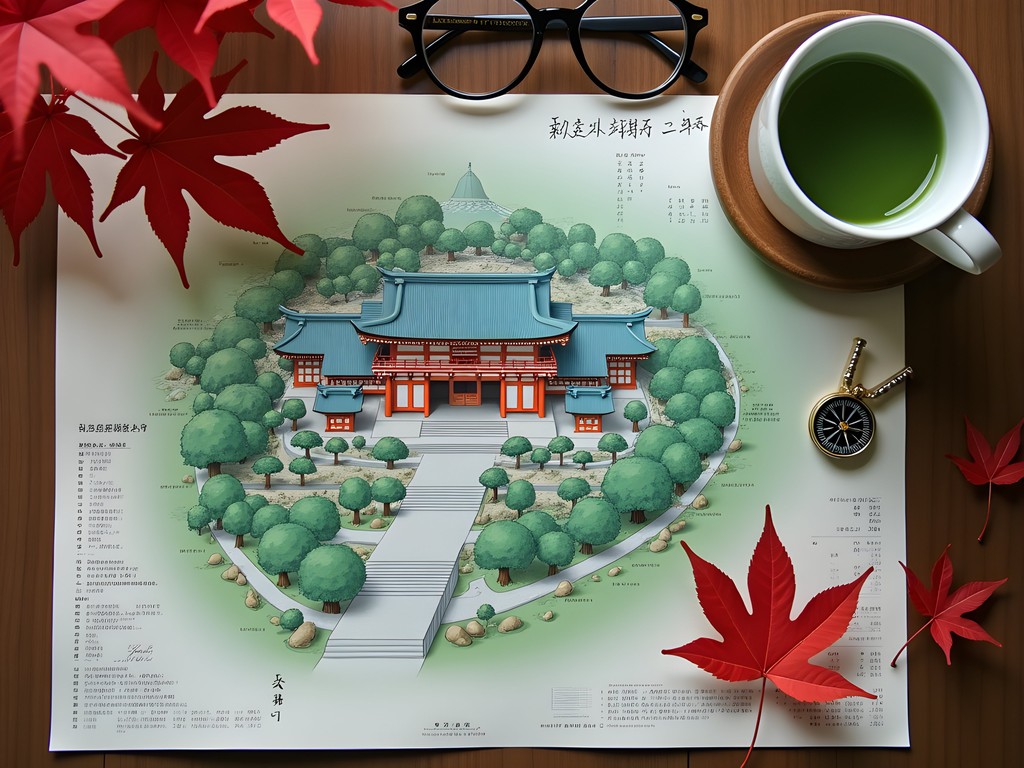
💡 Pro Tips
- Purchase the Nikko All Area Pass if you plan to visit multiple sites
- Download offline maps of the temple complex beforehand
- Check sunrise and sunset times for your specific dates to plan golden hour shoots
Morning Light: Toshogu Shrine's Golden Treasures
I've witnessed sunrises on five continents, but few compare to watching dawn break over Nikko's forested mountains, gradually illuminating the gold-leaf details of Toshogu Shrine. Arriving by 6:30 AM—well before the 8:00 AM opening—allowed me to capture the exterior structures bathed in soft morning light without crowds.
The shrine complex doesn't officially open until 8:00 AM (earlier in summer months), but positioning yourself near the entrance provides stunning exterior shots as the morning light gradually intensifies. My travel tripod proved invaluable during these low-light conditions, allowing for crisp images without raising ISO levels excessively.
Once inside, make your way directly to the Yomeimon Gate—often called the 'Sunlight Gate' for good reason. Between 9:00-10:00 AM, sunlight illuminates its intricate carvings and gold elements in a way that simply disappears later in the day. The famous Sleeping Cat carving and Three Wise Monkeys relief also benefit from morning light, which enhances their detailed craftsmanship.
I spent nearly an hour photographing the Five-Story Pagoda, experimenting with different focal lengths. While my instinct was to capture it in its entirety, some of my most compelling images came from focusing on architectural details—the curved eaves, the ornate brackets, the weathered wood against gold accents—all telling stories of the craftsmen who created them centuries ago.
As an anthropologist who spent decades documenting traditional knowledge systems, I found myself equally drawn to capturing the shrine attendants preparing for the day, their movements following patterns established generations ago. These human elements add context and scale to your architectural photography, connecting ancient structures to living tradition.
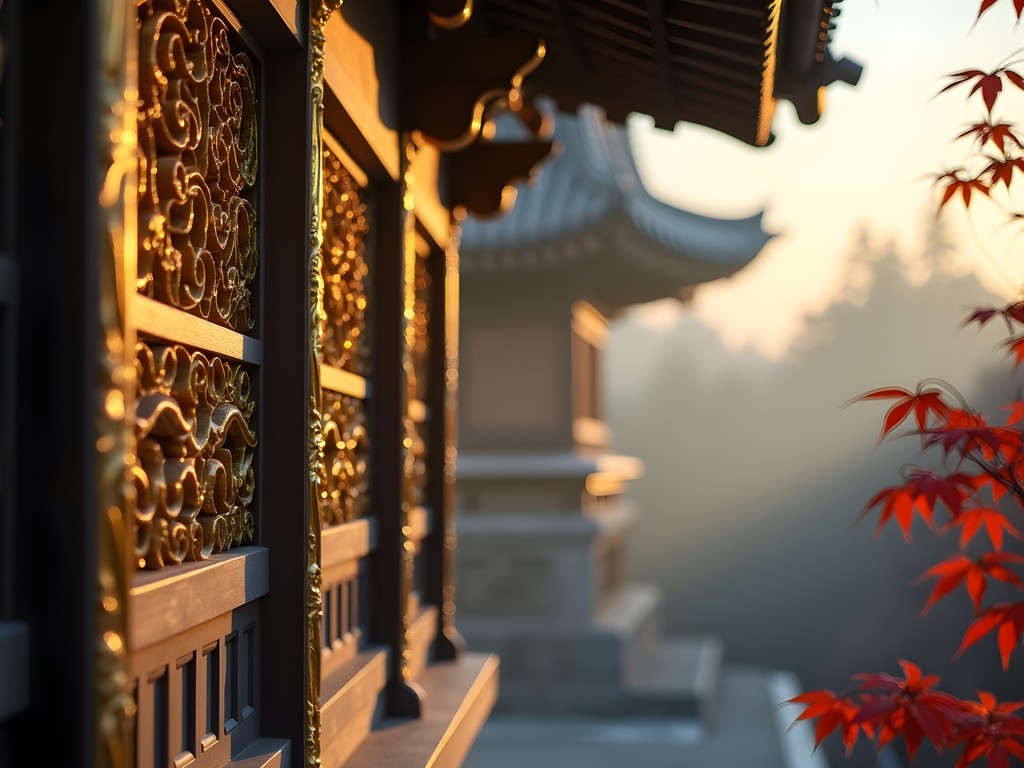
💡 Pro Tips
- Use a polarizing filter to reduce glare on gold leaf details
- Shoot the Yomeimon Gate before 10 AM for optimal lighting
- Look for natural framing opportunities using the towering cedar trees
Midday Magic: Working with Challenging Light
Many photographers pack away their cameras during midday hours, but in Nikko, this would be a mistake. When harsh sunlight makes exterior shooting difficult, I moved indoors to the dimly lit temple interiors where tripods are typically prohibited. This is where a mirrorless camera with excellent high-ISO performance becomes invaluable. My Sony captured the ornate ceiling paintings of Rinnoji Temple with remarkable clarity despite the challenging light conditions.
Midday also offers the perfect opportunity to photograph Shinkyo Bridge, where the overhead sun illuminates the vermilion structure against the dark waters below. I discovered that positioning myself slightly downstream provided a more compelling composition, with the sacred bridge framed by moss-covered rocks and dappled water.
Another midday strategy involves seeking locations where dappled light filters through the cedar forest. The path to Takino Shrine provided extraordinary opportunities for capturing light rays piercing through the canopy—a phenomenon the Japanese call 'komorebi.' These ethereal light patterns are most pronounced during midday hours.
During my anthropological fieldwork years, I learned that understanding the cultural context deepens one's appreciation of physical spaces. This holds true for photography as well. The stone lanterns lining Nikko's pathways aren't merely decorative elements—they represent spiritual offerings and guide worshippers. Photographing these lanterns from a low angle against the midday sky created dramatic silhouettes that conveyed their ceremonial significance.
For those struggling with contrast during bright midday conditions, bracketing exposures for later HDR processing can salvage otherwise impossible shots. However, I often find that embracing the contrast—allowing deep shadows to frame brightly lit architectural elements—results in more dramatic, emotive images that capture Nikko's spiritual essence.
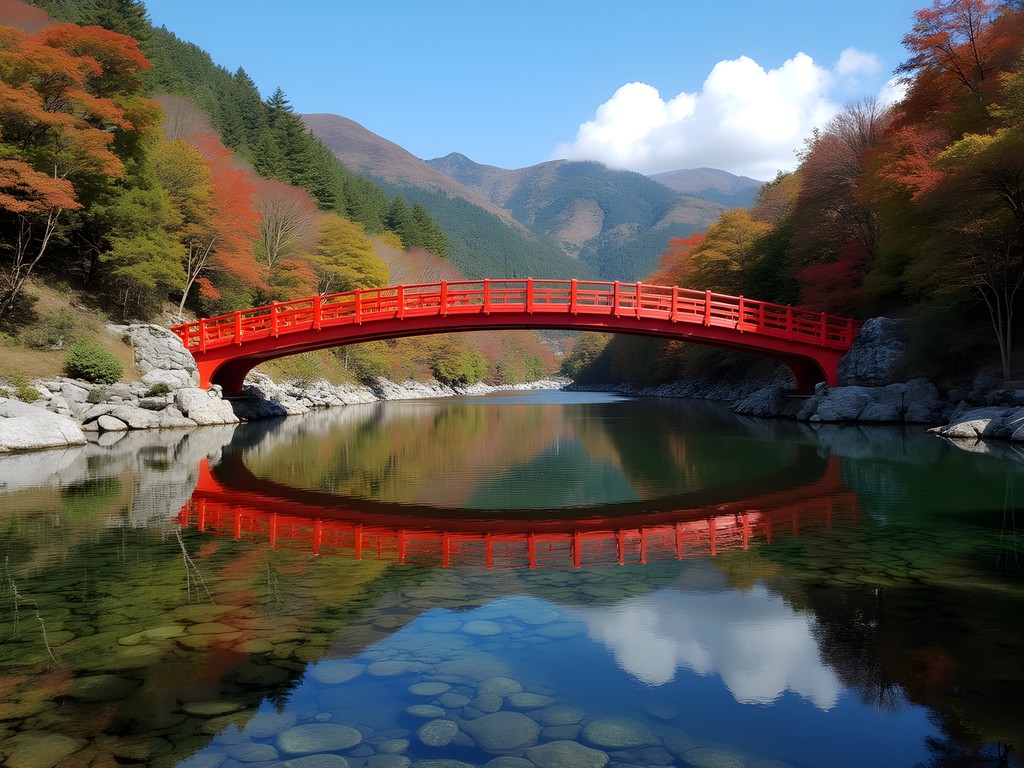
💡 Pro Tips
- Use spot metering when photographing temple interiors
- Look for patterns of light and shadow on stone pathways
- Carry a microfiber cloth to protect your lens from unexpected rain showers
Autumn Foliage: Timing Nature's Perfect Canvas
My decades studying traditional knowledge systems across cultures taught me that timing is everything—especially when it comes to capturing nature's ephemeral beauty. Nikko's autumn foliage typically peaks in late October through mid-November, creating a breathtaking backdrop for its sacred structures. The Japanese have a specific term—'koyo'—for autumn leaf viewing, considered as culturally significant as spring's cherry blossoms.
During my weekend visit, I found the maple-lined path to Taiyuin Temple particularly magnificent. The contrast between vermilion temple structures and the fiery maples creates a color harmony that seems almost deliberately designed. For the most impactful foliage photographs, I recommend using a polarizing filter to reduce glare on the leaves and enhance their natural saturation.
Lake Chuzenji and Kegon Falls, about an hour's bus ride from central Nikko, offer spectacular landscape opportunities when framed by autumn colors. The reflections of red and gold foliage on the lake's surface create mirror images that almost appear surreal in photographs. I arrived at the lake just before sunset, when the low-angled light illuminated the foliage from behind, creating a luminous quality impossible to achieve at other times of day.
One photography technique I employed was deliberately using a shallow depth of field to isolate specific leaves or branches against the soft backdrop of shrine structures. This selective focus creates intimate compositions that convey the relationship between Nikko's natural and built environments—a relationship central to Shinto spiritual practices.
While planning your autumn photography in Nikko, remember that weekends draw substantial crowds during peak foliage season. I found Thursday and Friday significantly less crowded, allowing for cleaner compositions without tourists inadvertently wandering into frame. If weekend visits are unavoidable, arrive at first light to capture iconic locations before the tour buses arrive.
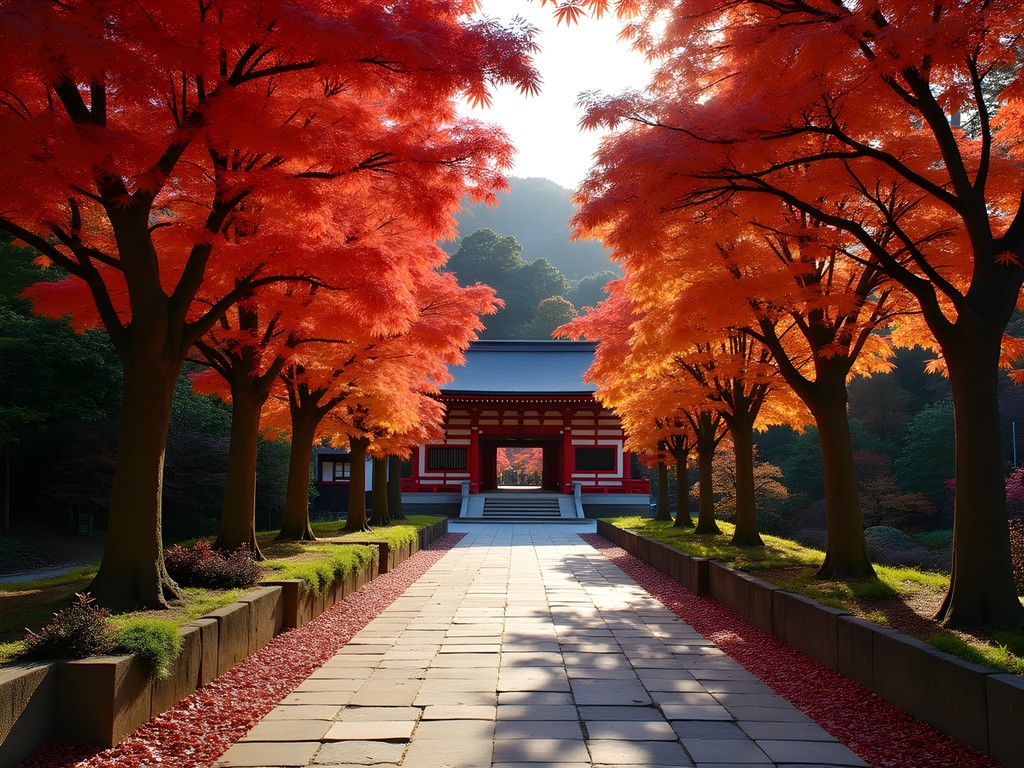
💡 Pro Tips
- Check the Japan Meteorological Corporation's foliage forecast before booking
- Bring a small reflector to fill shadows when photographing temple details against bright autumn backgrounds
- Consider a graduated neutral density filter for balancing bright sky with darker temple grounds
Twilight Transitions: Capturing Sacred Spaces at Blue Hour
Throughout my travels documenting traditional practices across continents, I've found that transitional moments often reveal the most profound aspects of sacred spaces. In Nikko, the blue hour—that magical period just after sunset—bathes the temple complex in ethereal blue light before darkness fully descends.
Most tourists depart by late afternoon, leaving photographers who linger the gift of near-solitude among these sacred structures. During my visit, I remained at Toshogu Shrine until closing, then positioned myself along the cedar-lined path for blue hour compositions. The contrast between the darkening sky and illuminated shrine buildings creates a mystical atmosphere that captures Nikko's spiritual essence in ways that daylight photography cannot.
Some areas of the complex close by 5:00 PM (earlier in winter months), but exterior views remain accessible along public pathways. I discovered that the area near Shinkyo Bridge offers extraordinary twilight compositions, with the vermilion structure gradually darkening against the blue-toned sky and river below.
This is when my travel camera truly proved its worth. Its excellent low-light performance and in-body stabilization allowed me to capture handheld shots when tripods weren't practical. For longer exposures—particularly of water features like sacred fountains—I found discrete places to brace my camera or use my compact tripod without disturbing other visitors.
The illumination of certain structures begins as darkness falls, creating another photographic opportunity. The five-story pagoda, when illuminated against the night sky, tells a different visual story than its daytime counterpart. These artificial lighting conditions require careful white balance adjustments—I typically set a custom white balance rather than relying on auto settings.
As an anthropologist, I've always been fascinated by how sacred spaces transform through daily cycles. Photographing Nikko at blue hour revealed how these temples were designed with an acute awareness of light's spiritual symbolism—a visual theology written in architecture and illumination that becomes most apparent during these transitional moments between day and night.
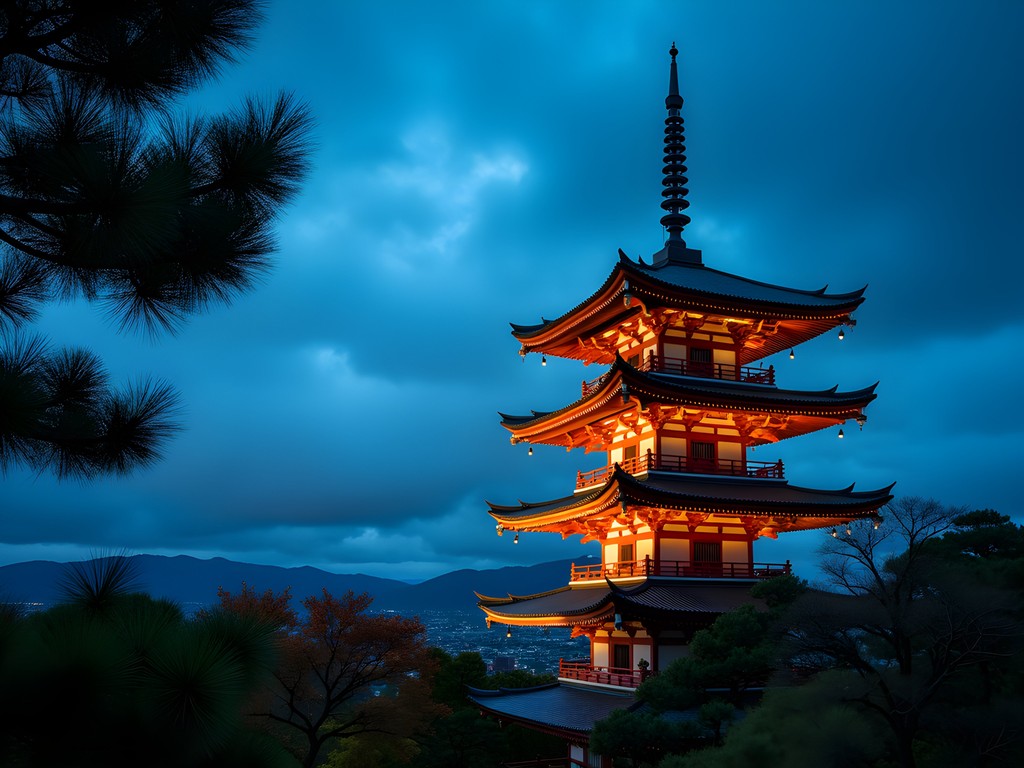
💡 Pro Tips
- Scout blue hour locations during daylight to ensure safe positioning later
- Bring a small flashlight with red light mode for adjusting camera settings without disrupting night vision
- Consider noise reduction techniques for long exposures as temperatures drop in evening hours
Final Thoughts
As I boarded the train back to Tokyo, scrolling through my weekend's photographic harvest, I felt that peculiar satisfaction that comes from capturing not just images, but essences. Nikko isn't merely photogenic—it's a visual dialogue between natural splendor and human devotion, between transient autumn colors and enduring sacred architecture. For photographers willing to rise before dawn, linger after dusk, and approach these sacred spaces with both technical skill and cultural respect, Nikko offers visual poetry beyond the ordinary travel snapshot. Whether you're documenting the intricate craftsmanship of Toshogu's carvings or the perfect symmetry of a maple leaf floating on a temple pond, remember that your camera is capturing not just a place, but centuries of spiritual and artistic heritage. I invite you to bring not only your camera to Nikko, but also your patience and curiosity. The rewards will fill both your memory card and your spirit.
✨ Key Takeaways
- Arrive early and stay late to photograph Nikko's temples without crowds
- Use autumn foliage as a vibrant natural frame for architectural elements
- Research the cultural significance of structures to inform more meaningful compositions
- Plan specific shots around optimal lighting conditions throughout the day
📋 Practical Information
Best Time to Visit
Mid-October to mid-November for autumn foliage; April for cherry blossoms
Budget Estimate
¥30,000-45,000 for a weekend (including mid-range accommodation, transportation, entrance fees, and meals)
Recommended Duration
2-3 days minimum for photography-focused visit
Difficulty Level
Easy To Moderate (Some Uphill Walking On Stone Paths)
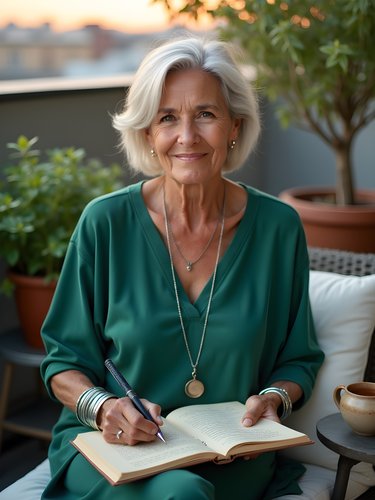
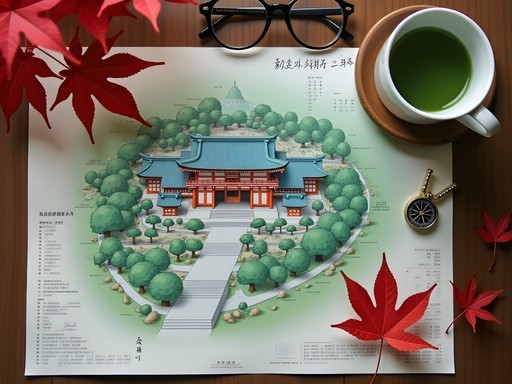

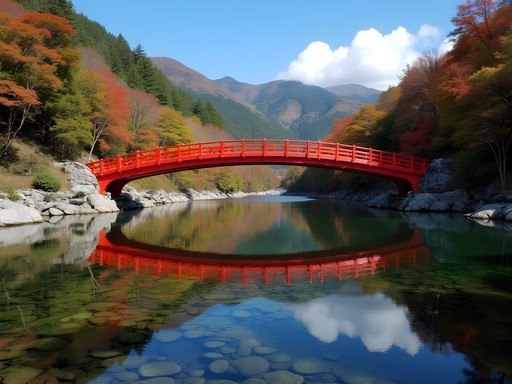

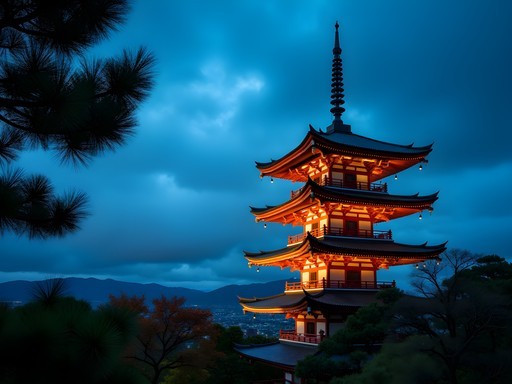


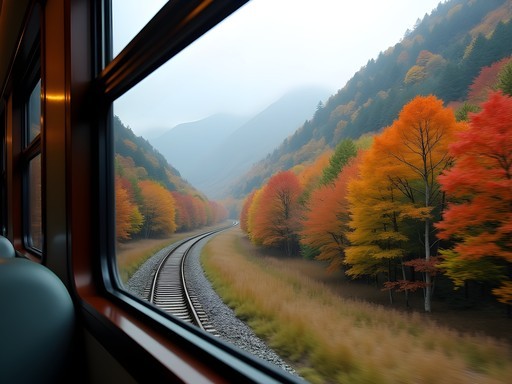







Comments
Riley Griffin
Your post brought back wonderful memories! We took our teens to Nikko last autumn and followed a similar photography itinerary. The way you described working with that challenging midday light at Shinkyo Bridge was spot on - we ended up using polarizing filters which helped tremendously with the water reflections. My daughter (budding photographer at 16) was absolutely mesmerized by the moss-covered stone lanterns at Toshogu. We spent hours there! One tip for families: the walking distances between sites can be substantial, so we broke it into two days which gave us more flexibility with golden hour shots.
escapemood
Beautiful photos! What time of year would you say is best for capturing those misty morning shots around the temples?
Francesca Morgan
Thanks! I found late October to early November ideal - you get both the autumn colors and frequent morning mist. Just be sure to arrive before 7:30am for the best light and fewer tourists.
escapemood
Perfect timing, I'm planning a trip for next fall. Thanks for the early morning tip!
Olivia Sanchez
Just got back from following this itinerary almost to the letter, and I'm blown away by how well it worked out! As an adventure photographer, I usually avoid the touristy spots, but your timing suggestions made all the difference. I arrived at Toshogu at 8:15am as you recommended and had nearly 30 minutes with minimal crowds before the tour buses arrived. The light on the Yomeimon Gate was exactly as you described - that golden glow is magical! I also took your advice about hiking up to the lesser-visited Takino Shrine in the afternoon, which gave me some of my favorite shots of the entire Japan trip. One tip to add: the trail behind Taiyuin Temple leads to a small waterfall that's perfect for practicing long exposures if you have time. Thanks for this incredible resource, Francesca!
bluestar
What lens did you use for the shrine interiors? My kit lens always struggles in low light temples.
Francesca Morgan
I used a 24-70mm f/2.8 for most interior shots. A fast prime like a 35mm f/1.8 would work well too if you're on a budget. The key is having that wider aperture for the dim lighting!
luckymate
Those autumn colors are insane! Definitely adding Nikko to my bucket list.
Oliver Duncan
This brought back so many memories! I was in Nikko last autumn on a shoestring budget, staying at a tiny guesthouse run by an elderly couple who pointed me to a hidden viewpoint near Akechidaira Plateau. I woke at 4am and hiked up with my camera, tripod, and a thermos of coffee. When the sun broke through the valley mist, illuminating Lake Chuzenji and Kegon Falls, I nearly cried. Sometimes the best shots come from local tips rather than the guidebook spots. Francesca, your section on working with challenging light is gold - wish I'd read it before battling the harsh midday sun at Toshogu!
adventurevibes
Did you find the public transportation easy to navigate? Or would you recommend renting a car?
roamnomad
Not the author, but I found the buses super convenient! The Nikko All Area Pass was worth every yen - covers the train from Tokyo and all the local buses.
Olivia Sanchez
I second that! The buses run regularly to all the major sites. A car might give more flexibility for dawn/dusk shots, but parking can be a pain during peak seasons.
roamnomad
Fantastic guide, Francesca! I've been to Nikko three times now and still discover new photography spots. For anyone planning a trip, I'd add that the Kanmangafuchi Abyss with the Jizo statues is incredibly atmospheric in light rain. Also, if you're staying overnight, the Shinkyo Bridge is beautifully lit in the evening and makes for stunning long exposures with almost no tourists around.
Francesca Morgan
Great additions, roamnomad! I completely agree about Kanmangafuchi Abyss - it has such a mysterious quality in the rain. I'll have to try the night shots at Shinkyo Bridge next time!
roamfan
Just got back from Nikko last month and wish I'd had this guide! The midday light at Toshogu was exactly as challenging as you described. I ended up using my polarizing filter to cut some of the glare on the lacquered surfaces. Your tip about shooting from the side paths to avoid crowds is spot on - saved me so much frustration!
skybuddy
Beautiful photos! What's the best time of year to visit Nikko if I want to catch that morning mist you mentioned?
Francesca Morgan
Thanks skybuddy! Early autumn (late September to mid-October) is magical for the mist and fall colors. Spring is also lovely with fewer crowds.
skybuddy
Perfect timing - I'm planning for next fall! Thanks for the tip.
Venture X
Premium card with 2X miles, $300 travel credit, Priority Pass